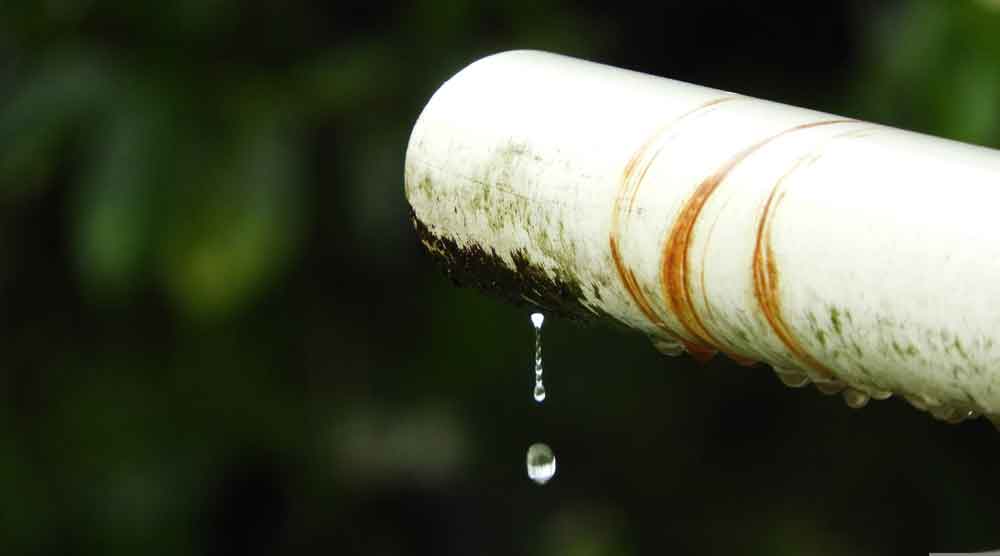Overview
When inspecting metal pipes, we will come into contact with the inspection items of hydrostatic test. If your application requires the pipe to withstand a certain pressure, it can be said that hydrostatic test is a must. So, do you really understand the principle of hydrostatic test? What determines the pressure of hydrostatic test?
In this article, we will introduce the principle and precautions of hydrostatic test in detail. I believe that by reading this article, you can make better decisions when purchasing pipes.
What is Hydrostatic Test?
Purpose of Hydrostatic Test
In some applications, metal pipes need to work for a long time under high pressure. In this case, the pressure bearing capacity of metal pipes is a very critical indicator. If the pressure bearing capacity is insufficient, it will affect the operation of the entire project at the least, and cause irreversible safety accidents at the worst.

Therefore, we need to completely eliminate this risk at the inspection stage. This is why we need a hydrostatic test. The purpose of the hydrostatic test is to check whether the pipe has a qualified pressure bearing capacity. If the pipe does not pass the hydrostatic test, it means that the pressure bearing capacity of the pipe does not meet the requirements and should not be put into actual use.
Principle of Hydrostatic Test
The principle of hydrostatic test is very simple. Generally speaking, it is to inject water into the pipe and gradually apply pressure. Under the specified pressure, if there is no water leakage on the pipe wall, it means that the pipe has passed the hydrostatic test. Otherwise, the pressure bearing capacity of the pipe is unqualified.
During the hydrostatic test, one end of the pipe will be connected to the water inlet first. At this time, the pipe is full of gas, so the gas in the pipe needs to be discharged. Then, the other end of the pipe will be blocked. Then the water inlet will supply water into the pipe and apply pressure. When the pressure reaches the specified value, it is determined whether the pipe is leaking.
Leakage Determination Method
The first determination method of the hydrostatic pressure test is visual inspection. When the pipe leaks, the thinner wall pipe will spray water directly from the leaking part of the pipe wall. At this time, it can be clearly determined whether there is a leak.
For relatively thick tubes with small outer diameters, it can also be determined by wiping with a dry cloth.
For large batches of regular-sized pipes, batch testing equipment is generally used. At this time, the leakage is mainly determined by the change in pressure value. In this case, the pressure inside the pipe will remain for a relatively long time. If there is a leak in the pipe, the pressure value inside the pipe will gradually decrease. If the pressure inside the pipe remains unchanged, it means that the pipe is not leaking.
Hydrostatic Test Pressure
If the customer has special pressure requirements, the hydrostatic test can be carried out according to the pressure provided by the customer. Otherwise, it shall be carried out in accordance with the standard.
If the standard does not specify, the hydrostatic test pressure shall be lower than the allowable fiber stress of the material. Its calculation formula is:
where:
- P = hydrostatic test pressure, psi (MPa),
- S = allowable fiber stress, for material in the condition (temper) furnished as specified in the product specification (S is calculated as the lower of 2/3 of the specified minimum 0.2 % offset yield strength or 1/4 of the specified minimum ultimate strength for the material),
- t = minimum wall thickness permitted, in. (mm), including minus tolerance, if any, and
- D = nominal outside diameter of the pipe or tube, in. (mm).
If the standard specifies, the hydrostatic test shall be carried out in accordance with the provisions of the standard. For example, the standard for nickel alloy seamless pipes is ASTM B829. Then it should be in accordance with the provisions of this standard: 1000 psi (6.9 MPa). The test pressure must be held for a minimum of 5 s.
FAQ
What is the difference between hydrostatic test and eddy current testing?
The principles and purposes of hydrostatic test and eddy current testing are different. Hydrostatic test is to detect the pressure bearing capacity of the pipe by high water pressure. Eddy current testing is to detect whether the pipe has defects by the principle of electromagnetic induction. In actual production, hydrostatic test and eddy current testing are both optional inspection items.
Is it necessary to do hydrostatic test on each pipe?
Not necessarily. It depends on the actual needs of the customer. If the pressure bearing requirements of the pipe are high, 100% hydrostatic test is recommended. If the requirements are not high, hydrostatic test can be performed on samples. If the pipe has no pressure bearing requirements, hydrostatic test can be omitted.
Conclusion
Hydrostatic test is an inspection item that detects whether the pipe leaks by applying high water pressure inside the pipe. It determines whether the pipe can continue to work under high pressure. If the pipe is found to be leaking, it means that the pressure bearing capacity of the pipe does not meet the requirements. The pressure of the hydrostatic test depends on the customer's needs and the corresponding standards.
We produce various nickel alloy / superalloy pipes and provide hydrostatic tests according to customer needs. Please contact us if you have any needs.
